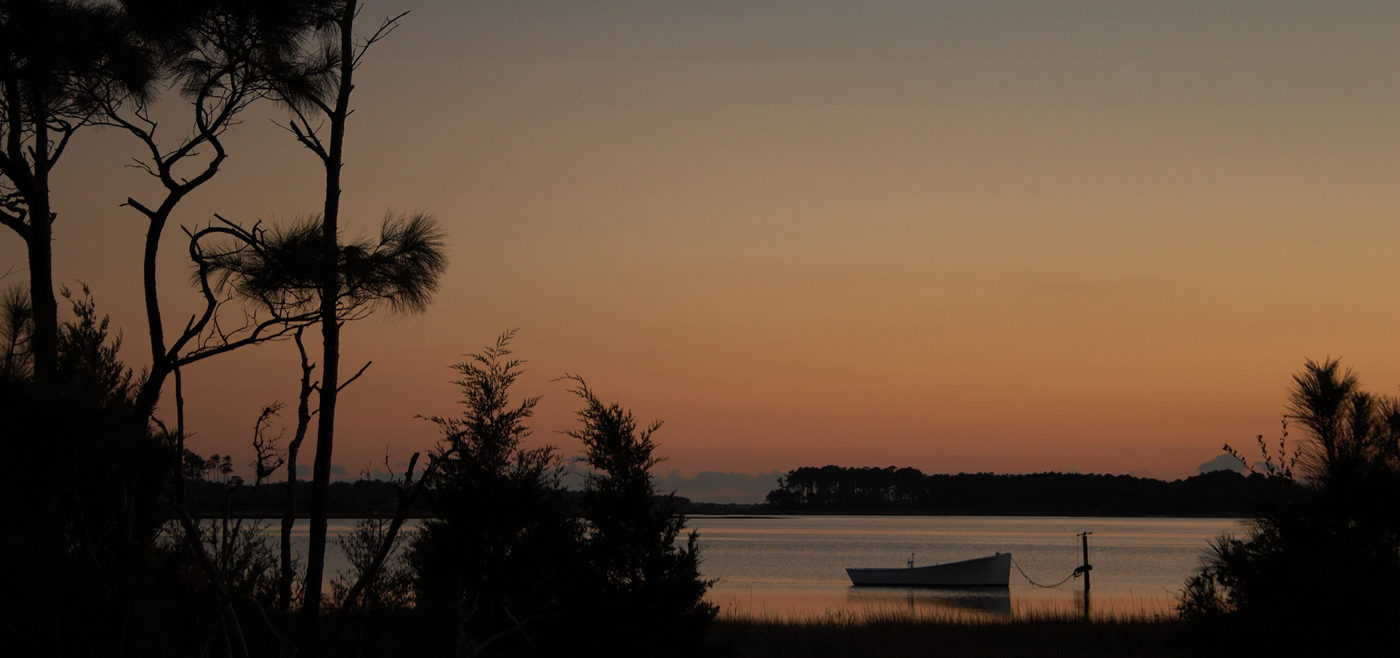Happy July 4th! Here are some interesting July 4th facts:
•Independence from Britain was officially voted on and approved by the Second Continental Congress on July 2, 1776. The final Declaration of Independence document was revised up until July 4, when it was adopted.
•Most people came to recognize July 4th as Independence Day since that was the date printed on the mass produced copies made by Dunlap Broadsides.
•Founding Father (and later President) John Adams, who was a bit quirky, believed that July 2nd should have been the day of celebration, and usually declined invitations to July 4th celebrations.

•Constitution Day is celebrated on September 17 every year, which is the date the Constitution was signed.
•Adams, and his political rival, President Thomas Jefferson, both died on July 4, 1826, the 50th anniversary of the adoption of the Declaration of Independence.
•James Monroe is the only other President to have died on July 4 (1831).
•Calvin Coolidge is the only President to have been born on July 4 (1872).
•The Fourth of July was not adopted as an official (paid for Federal workers) holiday until 1941. It became a holiday officially in 1870.
•North Carolina provided an inspiration to the Declaration months before with the often-overlooked Halifax Resolves. On April 12, 1776, (one of the dates on the state flag) North Carolina authorized its delegates to the Second Continental Congress. They also approved a list of Resolves, which became the first official action calling for independence from Britain. The document was important because it not only stated North Carolina’s preference, but also called on other colonies to follow suit. Virginia followed soon after.
•William Hooper, Joseph Hewes and John Penn were North Carolina’s signers of the Declaration of Independence. Sadly these names are not often mentioned in the list of key state figures.
•The final draft of the Declaration was sent to a committee of Thomas Jefferson, John Adams, Benjamin Franklin, Roger Sherman and John Livingston.
•When the American Revolution started in 1775, very few colonists wanted complete independence from Britain. Most of them thought of the “revolutionaries” as radicals. By the next year, however, many colonists came to support the Revolution and firebrands as Thomas Paine published pamphlets such as “Common Sense,” which fanned the flames.
•Festivities at the first July Fourth celebrations included mock funerals of King George III, concerts, parades and the firing of artillery, as well as readings of the Declaration.
•Philadelphia was the first city to hold an official celebration (1777) and Massachusetts was the first state to make July 4th a holiday.
•The Declaration of Independence was not signed until August 2, 1776.
•The document was not delivered to Britain until November 1776.
•Shortly before passing away the following month, Jefferson had this to say about the document he helped to author: “May it be to the world, what I believe it will be … the signal of arousing men to burst the chains … and to assume the blessings and security of self-government. That form, which we have substituted, restores the free right to the unbounded exercise of reason and freedom of opinion. All eyes are opened, or opening, to the rights of man. …For ourselves, let the annual return of this day forever refresh our recollections of these rights, and an undiminished devotion to them.”
(Sources: “Historical Miscellanea: An Early History of North Carolina,” published by the NC Secretary of State; history.com; constitutionfacts.com; PBS).

